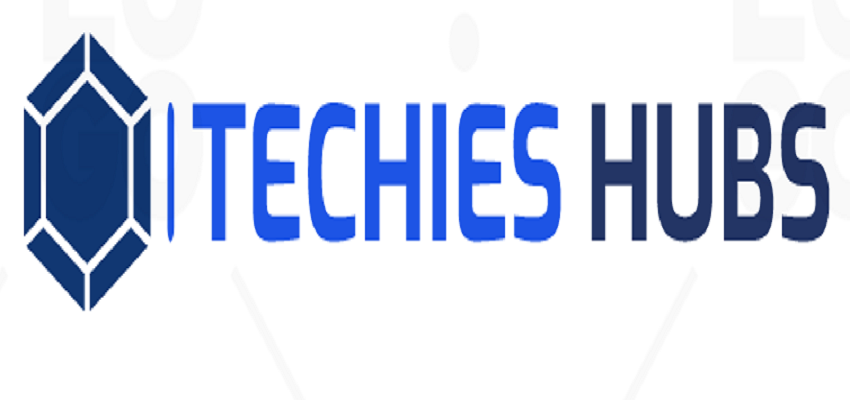Identity and access management is the process of authorizing
users, groups, devices, and applications to access your resources. It's a
powerful process that ensures data security, provides a level of accountability
for changes in user accounts, and helps mitigate risks by allowing you to know
who has what rights on what systems.
Why You Need Identity and Access Management Services
1. Identity
and access management services help protect your organization's assets by
controlling who has access to what resources.
2. IAM can help prevent unauthorized access to sensitive data,
systems, and networks.
3. IAM also helps ensure that employees are only authorized to use
the resources they are assigned, which can improve productivity and compliance
with regulations.
4. IAM can keep your business compliant with the latest security
standards by managing user identities and passwords securely.
5. IAM can help you create a secure system that is easy for you to
manage and comply with government regulations such as the Sarbanes-Oxley Act of
2002.
What are the Benefits of Identity and Access Management?
Identity and access management (IAM) services can help
organizations protect their assets and ensure that authorized individuals have
access to the information they need to do their jobs. IAM also can help reduce
the risk of data breaches and identity theft.
The benefits of IAM include:
1. Protecting assets. Identity and access management services can
help organizations protect their valuable assets, such as customer data,
intellectual property, and company secrets.
2. Ensuring authorized users have access to information they need.
IAM can help identify and authenticate users who need access to certain
resources or data. This ensures that only authorized employees have access to
important information.
3. Reducing the risk of data breaches. IAM can help Organizations
detect and prevent unauthorized access to their databases, which helps avoid
costly data breaches.
4. Minimizing the risk of identity theft. Identity theft is a
common crime that can occur when someone steals your personal information, such
as your name, address, or Social Security number (SSN). IAM can help protect
you by identifying and authenticating users who need access to your account
information. This prevents thieves from accessing your account without your
permission.
Types of IAM Systems
Identity and access management (IAM) systems are essential for
organizations of all sizes. IAM systems provide users with the ability to
identify themselves and authorize access to resources. IAM systems can be
classified according to the type of user they serve.
Two common types of IAM systems are single sign-on (SSO) and
role-based access control (RBAC). SSO allows users to sign on to a system using
their credentials from one organization, rather than having to create separate
accounts for each site or application they use. RBAC allows administrators to
assign specific privileges and permissions to specific users or groups of
users.
Other types of IAM systems include identity federation, which
allows different organizations to share user identities; personas, which allow
an organization to model its users according to certain characteristics; and
authorization policies, which define who is allowed to do what on a system.
When choosing an IAM system, it is important to consider the needs
of your organization. Some factors you may want to consider include the number
of users you have, the type of data your users need access to, the platforms
your users work on, and the security requirements of your environment.
How an IAM System Works
An Identity and Access Management system (IAM) is a collection of
technologies that are used to authenticate, authorize, and secure users' access
to systems and resources. IAM systems can help organizations manage user
identities, authentication methods, and privilege levels.
An IAM system can help identify the correct user when they attempt
to access a system or resource. An IAM system can also manage the authorization
process for users who need access to restricted resources. Organizations can
use an IAM system to restrict user access based on their role within the
organization, location, or using specific applications.
An IAM system is important for any organization that depends on
centralized systems for managing security and user access. A well-configured
IAM system can help protect your organization's data from unauthorized access
while ensuring that authorized users have the appropriate permissions to use
the systems and resources.
An identity and access management system (IAM system) helps to
protect the confidentiality and integrity of user data by enforcing policies
that govern who can access what resources. IAM systems help organizations
ensure that only authorized users have access to their data and applications,
while also restricting the actions of unauthorized users.
When you create a user account in an IAM system, the system
creates a set of credentials for the user. These credentials represent the
user's identity and allow them to access resources within your organization. In
addition, IAM systems often provide administrators with tools to manage user
permissions and manage changes to user accounts.
Conclusion
Identity and access management (IAM) is essential for any business that wants to keep its information secure and manage who has access to what. In this article, we'll explore four reasons why IAM is so important and why you should consider enlisting the help of a professional services provider to help you get started.









